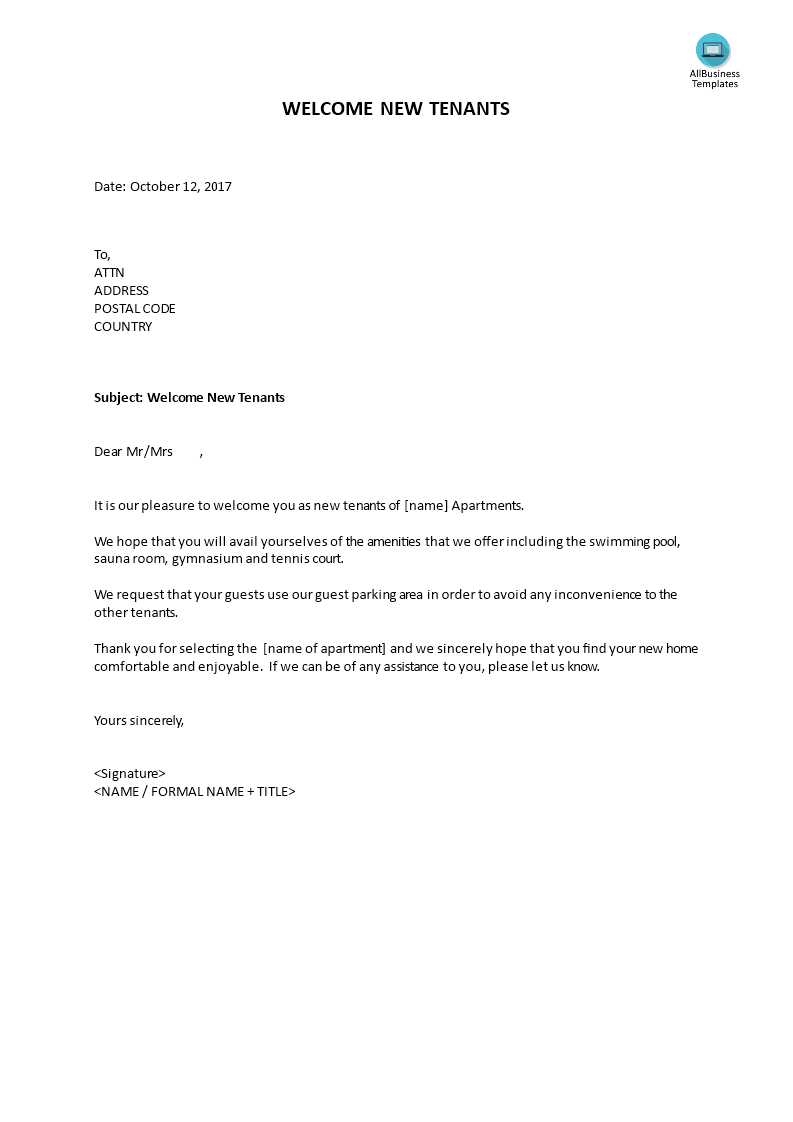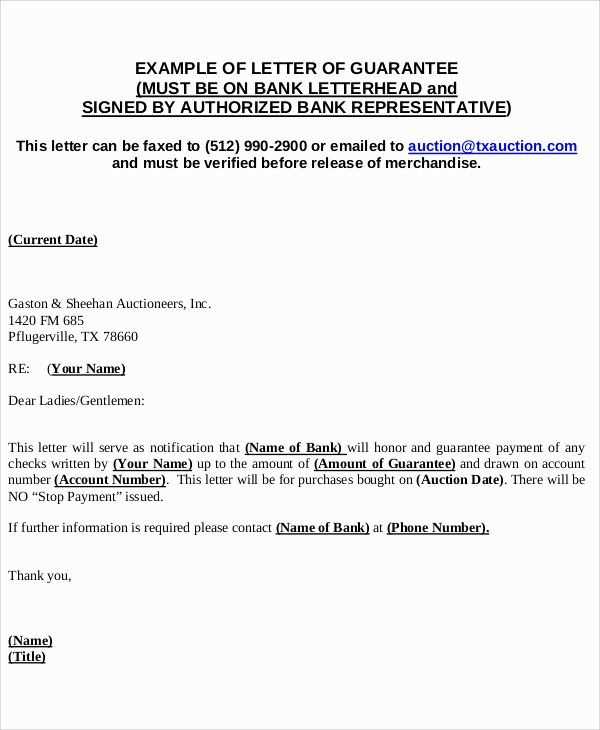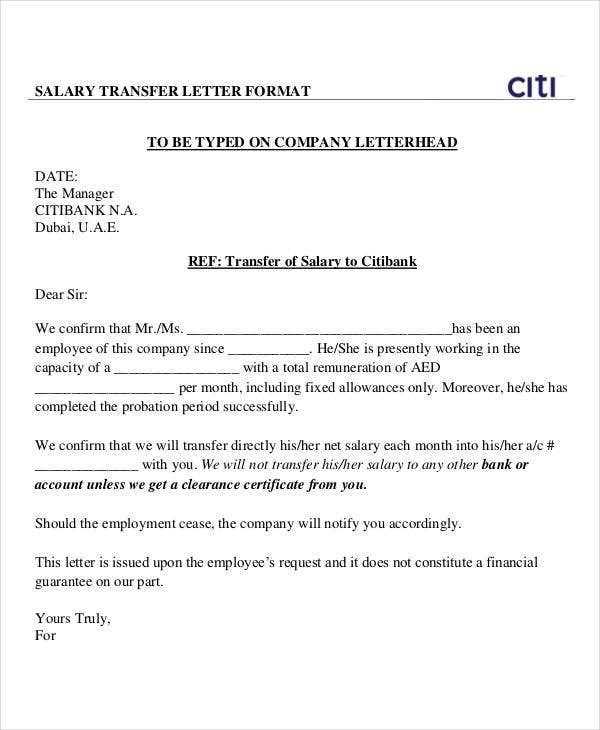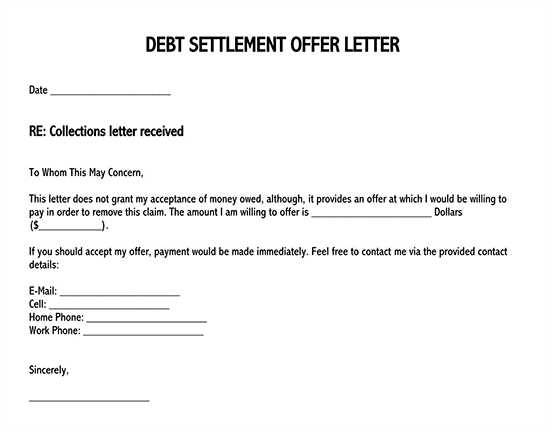Sign on Bonus Letter Template for Easy Customization

When bringing new talent on board, it’s essential to present a compelling and clear proposal that highlights the value of joining your team. A well-crafted document can ensure a smooth transition and set expectations from the start. By offering a structured and attractive incentive, you can create a positive impression that encourages acceptance of the opportunity.
Understanding the key components of such an offer is crucial. Clear communication, outlining the terms, and emphasizing the benefits can make all the difference in securing a successful hire. A thorough understanding of the document’s content can help both parties feel confident about the agreement.
Consider customization to suit the specifics of your organization and the role being offered. This approach ensures a more personal touch, making the new recruit feel valued and informed from the outset.
Understanding the Purpose of Incentive Offers
Incentive offers serve as powerful tools in the hiring process, designed to attract top-tier talent and make the job opportunity more appealing. These offers aim to provide immediate value to candidates, ensuring they feel appreciated and motivated to join a company. When structured properly, they can make the difference in a competitive job market where potential hires weigh multiple offers.
Such incentives are often used to sweeten the deal for candidates, particularly when there is a need to overcome potential barriers to joining a new organization. They can also act as a sign of goodwill, showing that the employer values the skills and experience of the prospective employee. By offering tangible rewards, companies create a more attractive environment for new recruits.
Key Elements of an Incentive Offer Agreement

When drafting an agreement that includes a reward for accepting a job offer, it is important to ensure clarity and precision in outlining the details. The document should effectively communicate all terms, conditions, and expectations to avoid misunderstandings and provide a clear framework for both the employer and the new hire. It serves as a mutual understanding of the commitment and the value being offered.
Clear terms and conditions are essential in any such agreement. This includes specifying the amount or value of the reward, the timing of disbursement, and any requirements tied to its receipt. These elements help to establish transparency and set proper expectations from both parties.
Additional factors to consider include outlining the length of time the individual needs to stay with the company to retain the reward, as well as any conditions related to job performance or other criteria. These details ensure both parties are aware of their commitments and responsibilities.
How to Personalize Your Offer Document

Customizing your offer document is a crucial step to make the candidate feel valued and welcomed. A personalized approach demonstrates your genuine interest in the individual and helps create a stronger connection between the candidate and the organization. By tailoring the content to reflect the specific role, company culture, and the person being addressed, you elevate the offer from a generic proposal to a meaningful invitation.
Incorporating Role-Specific Details
Highlighting the unique aspects of the position being offered adds a personal touch. This could include specific responsibilities, career development opportunities, or even mentioning the candidate’s expertise and how it aligns with the company’s needs. This ensures that the recipient sees the offer as an opportunity that is designed specifically for them.
Reflecting Company Culture and Values

Incorporating elements that reflect your company’s ethos can help the candidate feel like they are not just joining a team, but becoming part of a larger mission. Mentioning the company’s commitment to growth, teamwork, or innovation can appeal to the candidate’s values and reinforce their decision to join your organization.
Common Mistakes to Avoid in Offer Writing
When drafting an offer agreement, it is important to be clear, concise, and professional. Small errors can lead to confusion or create a negative impression. Avoiding common pitfalls ensures the document serves its intended purpose and maintains a positive relationship with the potential new hire.
Lack of Clarity and Detail
Vague language or missing details can leave room for misunderstanding. It’s essential to be precise about the terms, conditions, and expectations. This includes specifying timelines, payment amounts, and any contingencies tied to the offer. Failing to provide this clarity can lead to frustration and potential disputes.
Overcomplicating the Language
Using overly complex language or jargon may make the agreement harder to understand. Keep the language simple and straightforward, focusing on conveying the message clearly. Clear communication builds trust and helps ensure both parties are on the same page regarding the agreement.
Legal Considerations for Incentive Offers

Before extending an offer that includes a financial incentive, it is crucial to be aware of the legal implications. There are various factors that must be considered to ensure the agreement is legally sound and protects both the employer and the new hire. Addressing these considerations can prevent disputes and ensure that both parties are aligned on their rights and obligations.
Employment Laws and Regulations
Each region may have specific laws that govern the provision of incentives. It is important to review local employment laws to ensure compliance. This may include:
- Minimum wage requirements
- Tax obligations for the offered amount
- Protections against discriminatory practices
Conditions and Contingencies
Setting clear conditions for receiving the reward is important to avoid confusion later. Common contingencies include:
- Employment duration (e.g., staying with the company for a specified period)
- Job performance or meeting certain milestones
- Repayment clauses in case the employee leaves prematurely
Ensuring that all these factors are clearly defined in the agreement can help prevent legal issues down the line.
Best Practices for Effective Communication
Effective communication is key to ensuring that the terms of an offer are clearly understood and that both parties are aligned on expectations. By following best practices, employers can foster transparency, build trust, and prevent misunderstandings. Clear and open communication helps strengthen relationships and ensures that all elements of the offer are agreed upon without confusion.
| Practice | Explanation |
|---|---|
| Clarity and Simplicity | Use straightforward language to explain all terms and conditions. Avoid jargon and complex sentences that could confuse the reader. |
| Transparency | Ensure that all relevant details, such as timelines, payment terms, and conditions, are openly communicated from the beginning. |
| Active Listening | Encourage the candidate to ask questions and provide feedback, showing that their concerns are taken seriously and addressed promptly. |
| Prompt Follow-Up | After sending the initial offer, follow up to ensure that the candidate has all the information they need and to clarify any questions they may have. |